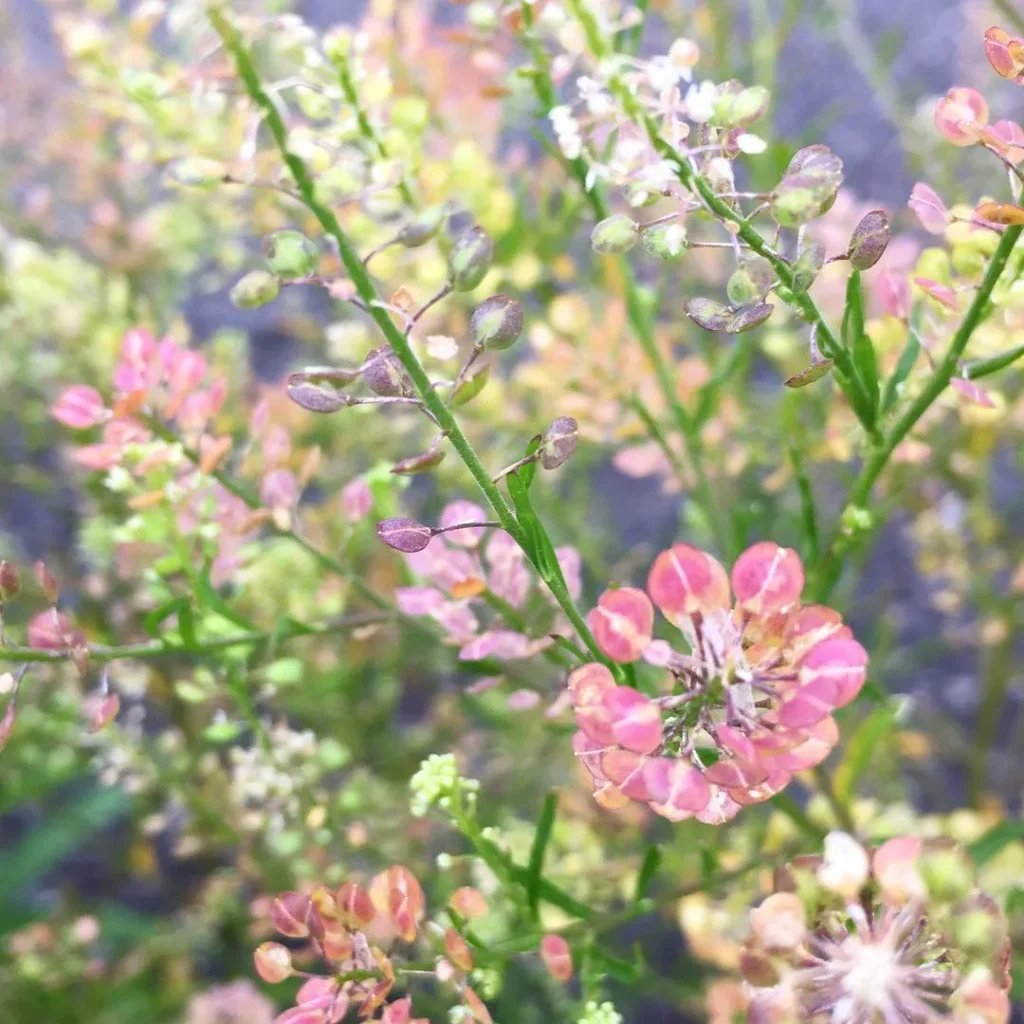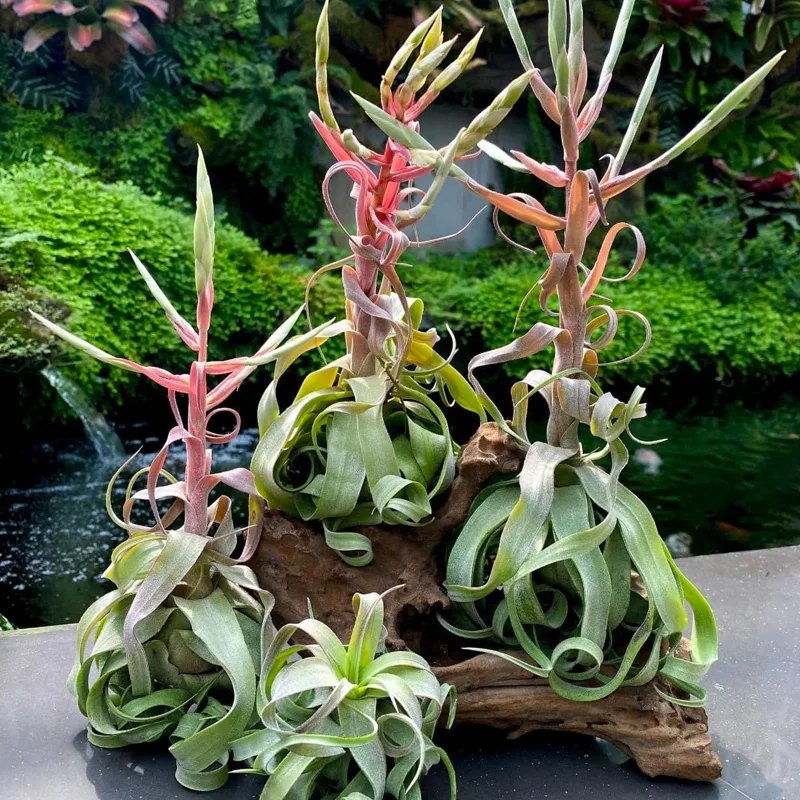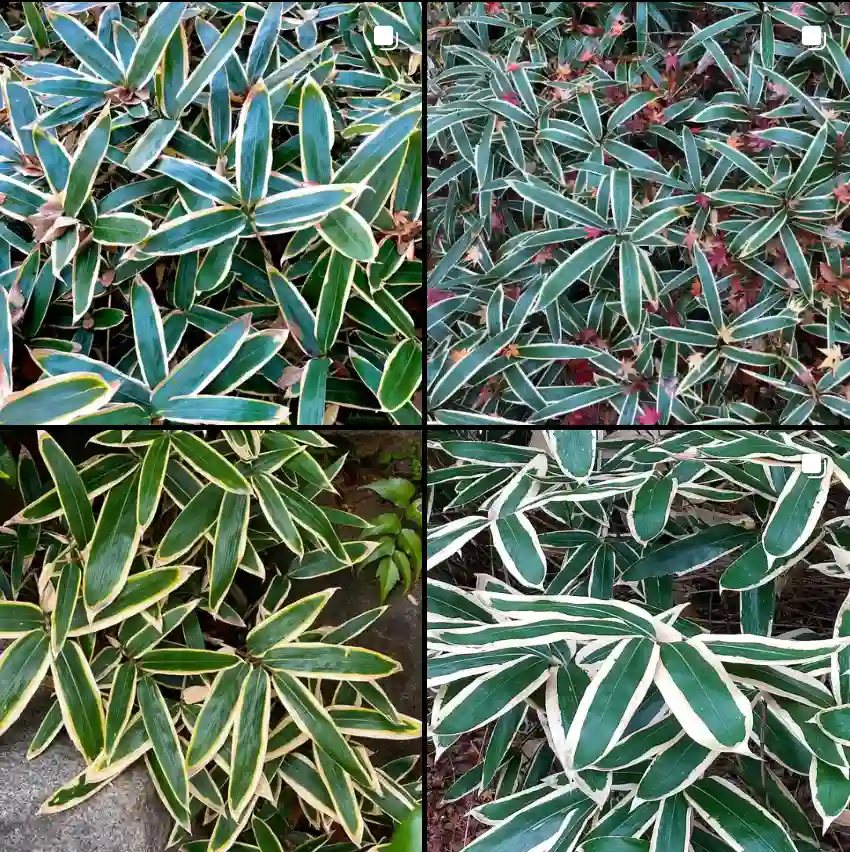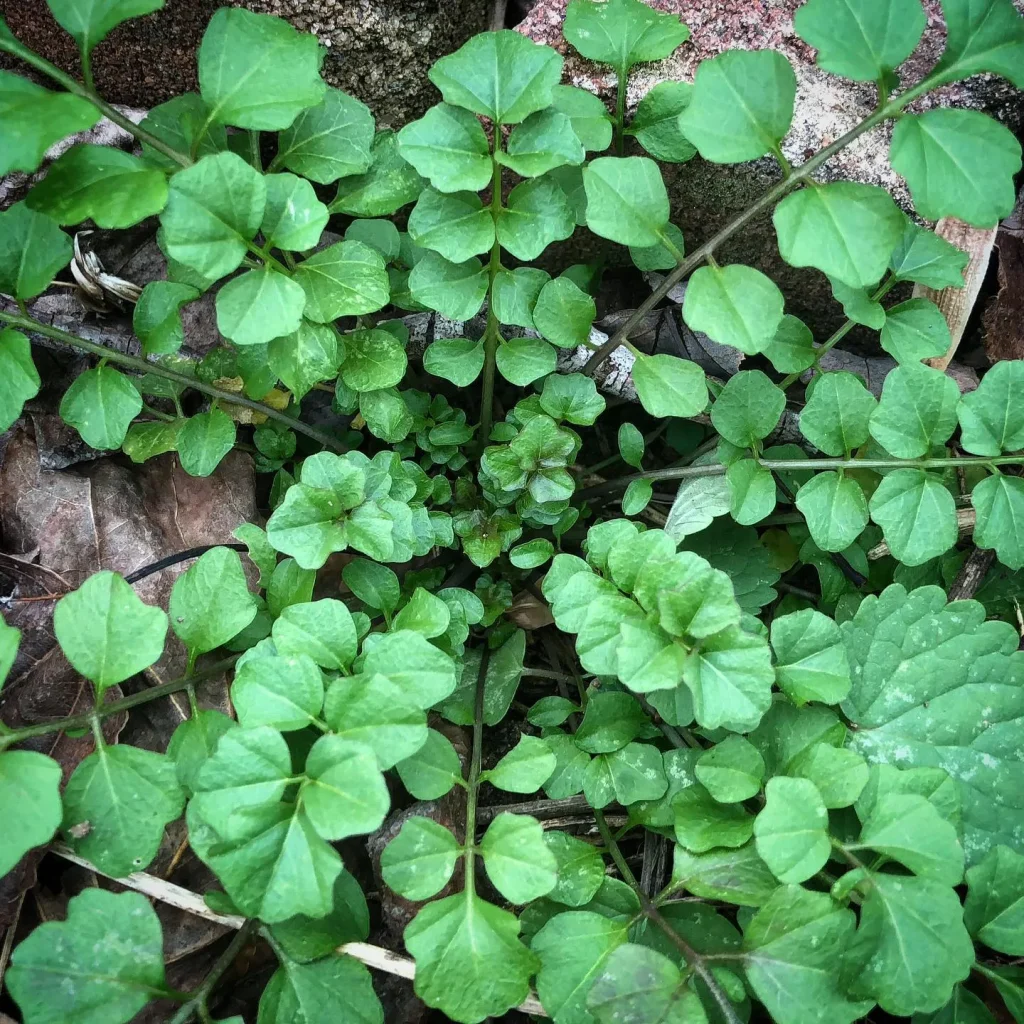
What is Scindapsus Silvery Anne?
The Scindapsus Silvery Anne, a captivating houseplant with cascading vines adorned with stunning silver-variegated leaves, has become a prized possession in my collection. Its low-maintenance nature and cascading beauty make it a perfect choice for any plant enthusiast, beginner or seasoned.
Here, I’ll answer all your burning questions about this remarkable plant, ensuring your Silvery Anne thrives under your care.
36 Species in Genus Scindapsus
How to care for Scindapsus Silvery Anne?
Light: Let the Silver Shine
Scindapsus Silvery Anne thrives in bright, indirect light. Think dappled sunlight filtering through a sheer curtain. Direct sun can scorch the delicate leaves, turning them a dull yellow. Conversely, insufficient light will result in less prominent silver variegation and smaller leaves.
Tip: Rotate your Silvery Anne regularly to ensure even growth.
Watering: Finding the Golden Ratio
Overwatering is the arch-nemesis of the Silvery Anne. These plants prefer their soil to dry slightly between waterings. Here’s my method:
- Stick your finger about an inch into the soil. Dry to the touch? Time to water.
- Water deeply until excess water drains from the drainage holes.
- Avoid letting your Silvery Anne sit in water.
Signs of Thirst: Curling leaves are a telltale sign your Silvery Anne needs a drink.
Soil: The Foundation for Success
A well-draining potting mix is crucial for a happy Silvery Anne. I use a combination of potting soil, perlite, and orchid bark to ensure proper drainage and aeration.
Alternatives: A standard cactus mix also works well.
Humidity: Mimicking the Tropics
The Silvery Anne hails from the tropical rainforests of Southeast Asia, where humidity levels are naturally high. While they can tolerate average household humidity, they’ll truly flourish with a humidity boost.
My Tricks:
- Group your Silvery Anne with other humidity-loving plants to create a mini humid microclimate.
- Place your plant on a pebble tray filled with water.
- Use a humidifier to increase ambient humidity levels.
Fertilizing: A Growth Spurt in a Bottle
During the growing season (spring and summer), a balanced fertilizer diluted to half strength can be applied every 4 weeks. However, less is often more with this plant. Overfertilizing can lead to leaf burn.
Winter: Hold off on fertilizing during the colder months when growth slows.
Common Issues and How to Tame Them
Yellowing Leaves: This usually indicates overwatering. Adjust your watering schedule and allow the soil to dry more between waterings.
Pests: Mealybugs and spider mites can occasionally target your Silvery Anne. Regularly inspect your plant and treat infestations with neem oil or insecticidal soap.
Leggy Growth: Insufficient light is the culprit here. Move your plant to a brighter location with indirect sunlight.
Propagating Your Silvery Anne: Sharing the Silver Love
The Silvery Anne readily propagates through stem cuttings. Here’s my preferred method:
- Take a healthy stem cutting with a few nodes.
- Remove the lower leaves and dip the cut end in rooting hormone (optional).
- Place the cutting in a pot filled with a well-draining potting mix.
- Keep the soil moist but not soggy and provide bright, indirect light.
With a little patience, you’ll soon have new Silvery Anne babies to grace your home or share with friends!
Scindapsus Silvery Anne vs. Epipremnum Aureum (Pothos)
Both the Scindapsus Silvery Anne and the Epipremnum Aureum (commonly known as Pothos) are popular, easy-to-care-for houseplants. Here’s a quick breakdown of the key differences:
- Leaves: Silvery Anne boasts stunning silver variegation, while Pothos comes in a wider variety of leaf colors and patterns.
- Growth Habit: Silvery Anne is a climber, while Pothos can both climb and trail.
- Light: Both prefer bright, indirect light. However, Silvery Anne needs slightly more light to maintain its variegation.
Ultimately, the best choice depends on your preference for leaf aesthetics and growth habit.
With proper care, your Scindapsus Silvery Anne will reward you with lush, cascading foliage that adds a touch of elegance and vibrancy to your indoor space. So, bring a piece of the tropics into your home and enjoy the beauty of this captivating plant!
If i die, water my plants!



